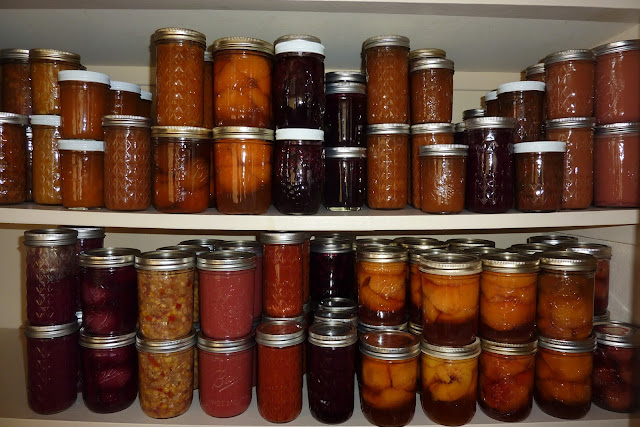 |
My very favorite little brown bird (LBB)
that visits MuRefuge in the Fall and Winter.
Here is a Fox Sparrow taking a bath one morning past while I was sitting. |
WILD
The Fall window washing has been done. Once that was done we continued our goal of decreasing the bird injuries/deaths caused by birds crashing into our expansive amount of windows in our house here at MuRefuge. The windows, especially those on the South side of the house that infuses both warmth and glorious Winter light, was one of the attractions to purchase this two year old spec. house built in 1991-2.
To this goal we used ABC Bird Tape, tested and approved by bird experts at
American Bird Conservancy, on all of our windows except those where we keep our wooden blinds down and where we have installed screens recommended in
BirdWatching. Since birds hit windows because they cannot see glass but rather the surroundings reflected in the glass, the BIrdTape alerts birds to the glass by breaking up the reflection of sky and trees. The tape comes in several options: a 3/4 inch roll or 3 inch roll and precut 3 by 3 inch roll. How to apply any of the choices is clearly demonstrated on the
How To Guide.
 |
Here is a sample of how we are minimizing bird collisions.
This is our patio sliding doors with the screens;
the narrow windows above and to the right
with 3 inch precut bird tape. |
Recently we had a freak bird accident at one of our bird feeders. After securing the
House Finch in a small cardboard box with wood chips on the bottom, and calling and speaking with Veronica at
Native Songbird Care & Conservation, the wee one was transported for care. Unfortunately the nerve damage to both legs was too extensive for long term survival in the wild, so Veronica euthanized him.
It was a pleasure to have an opportunity of introduction to this organization. Visiting the native gardens at the Elphick Road home of this conservation organization is highly recommended. There is an annual Open House in November which is a fund raiser for this nonprofit.
DOMESTICATED
As some of you are aware, The Teacher, one of our two older female Fawn and White Indian Runner ducks, died from a malignant tumor between her right wing and torso (chest). She was such a teacher for all the BEings here at MuRefuge. She took the two Tootsie Rolls “under her wing” so to speak, ushering them seamlessly into our small flock of Indian Runners. The day before she passed she wanted to be carried (she was no longer very mobile on her own) into the veggie garden, one of her favorite spots. The rest of the flock joined her when they were not foraging. The connection and compassion shown by The Teacher and her flock was awesome.
Several weeks after The Teacher’s passing, the three older ducks became abusive towards the two Tootsie Rolls. They pecked at them and chased them away from where they were foraging. Of course, the behavior was upsetting to me and to the cohesiveness of our duck flock. Usually when young ducks are introduced into the flock here at MuRefuge I have used flower essence to ease the introduction and congenial “flocking” together. With The Teacher’s “top duck” influence that had been unnecessary this time.
 |
The Teacher is in the top left of this picture
and Tootsie Rolls in the lower bottom.
This is of the congenial flock atop our
septice mound covered with perennial
California poppies and native white yarrow blooming. |
When the flock division did happen, we used flower essence to support flock integration. What an in depth learning for me on the use of flower essence: clarity on the subtle energy “actions.” It seems to me that all sentient BEings tend to go about in the world operating on “habit of physical form” carried from the previous incarnation. Each BEing seems to have the choice of whether to break/disrupt this habitual way of approaching daily life. Beside the physical body each BEing has a spark or spirit from the Divine (God, Buddha or whatever one chooses to call the Great Spirit). By accessing the “higher self” or that “spark,” a BEing can complete the cycles of reincarnation in that particular physical form. Then when that spirit enters its next physical form, it moves up the evolutionary chain of physical matter.
So flower essence affords the opportunity to connect with one’s higher self allowing a BEing a choice of whether to just go with “habit” (we might call this “instinct” or in Enneagram terminology “personality”) on the physical plane. This process of transcendence demonstrated by our duck flock with support of the flower essence was nothing short of stunning to observe. It seems to me that flower essence allows a sentient BEing to participate in life not only with one’s physical form and learned personality/instincts but with one’s higher state as well. This allows not only evolution of the physical form’s personality/instinct but of the spirit as well. Flower essence frees stuck behavior, and supports participation and “free access” of any BEing’s higher state.
And may we






































